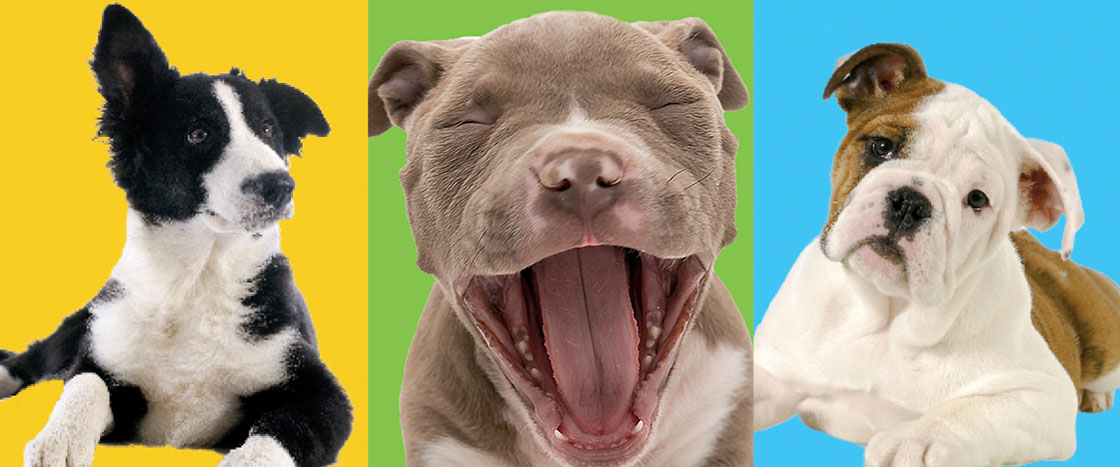Read the articles as a class. Then put students in groups to answer the close-reading questions.
Discuss the critical-thinking question as a class.
“How the Wolf Became the Dog”
Close-Reading Questions
• In the first section, the authors write that “life was a daily struggle for survival” during the Ice Age. What evidence do they give to support this statement? (text evidence) The authors explain that many early humans lived in shelters made of animal bones, hunted using simple tools, suffered from diseases with no cures, and faced threats from fierce animals like saber-toothed tigers.
• According to “From Wolf to Dog,” what do scientists know for sure about the history of dogs? (main idea) Scientists know that all dogs have the same animal ancestor, the gray wolf, and that it took thousands of years for wolves to turn into the creatures we know as dogs.
• What is one theory about how humans and wolves first teamed up? How did this help both species? (key details) One theory is that a group of less aggressive wolves began sneaking into human campsites to eat food scraps. This helped keep the humans safe from other dangerous predators, and helped the wolves live longer than most other wolves.
• Based on “Hunters, Napkins,” what is a domesticated animal? What details in this section help you understand what makes dogs domesticated animals? (vocabulary/key details) A domesticated animal is one that has developed to live among humans, often to serve a useful purpose. The section shows that dogs are domesticated by noting that they are “eager to please humans” and that humans have used them to perform jobs like hunting, herding, and even foot-warming.
“How America Went DOG Crazy“
Close-Reading Questions
• In the first section, what is the authors’ tone, or attitude, toward Scout? Why do you think they describe Scout in this way? (tone) The authors’ tone is annoyed and disapproving; they describe Scout as “a spoiled, badly behaved little beast.” This description shows that his owners’ love for him is strong enough to make up for the annoyance.
• Reread the section “Too Dirty and Smelly.” How is the way dogs are treated today different from the way they were treated in the past? (compare and contrast) Today, dogs are treated as important members of the family; they’re pampered with treats and rushed to the veterinarian when they’re sick. But in the past, dogs were seen simply as workers. They were kept outside and not considered valuable enough to be taken for medical care.
• Based on “From Workers to Pets,” how was America changing in the late 1800s? How did this affect our relationship with dogs? (cause and effect) In the late 1800s, America was becoming wealthier. More people could afford to feed and care for dogs, so dogs became more popular as pets.
• Why might the authors have included the section “A Surprising Discovery”? (text structure) The authors likely included this section to help explain one of the article’s main ideas—that humans and dogs have “a uniquely powerful relationship.” Understanding the scientific basis for this relationship helps readers see why dogs are such popular pets.
Critical-Thinking Question
• What is the biggest difference between why people own dogs today and why people owned dogs in the past? Use details from both articles in your answer. (synthesizing) Today, most people keep dogs as companions; 96 percent of owners even consider their pet dogs to be members of the family. But in the past, people kept dogs mainly to perform jobs like hunting, herding, and fighting.

